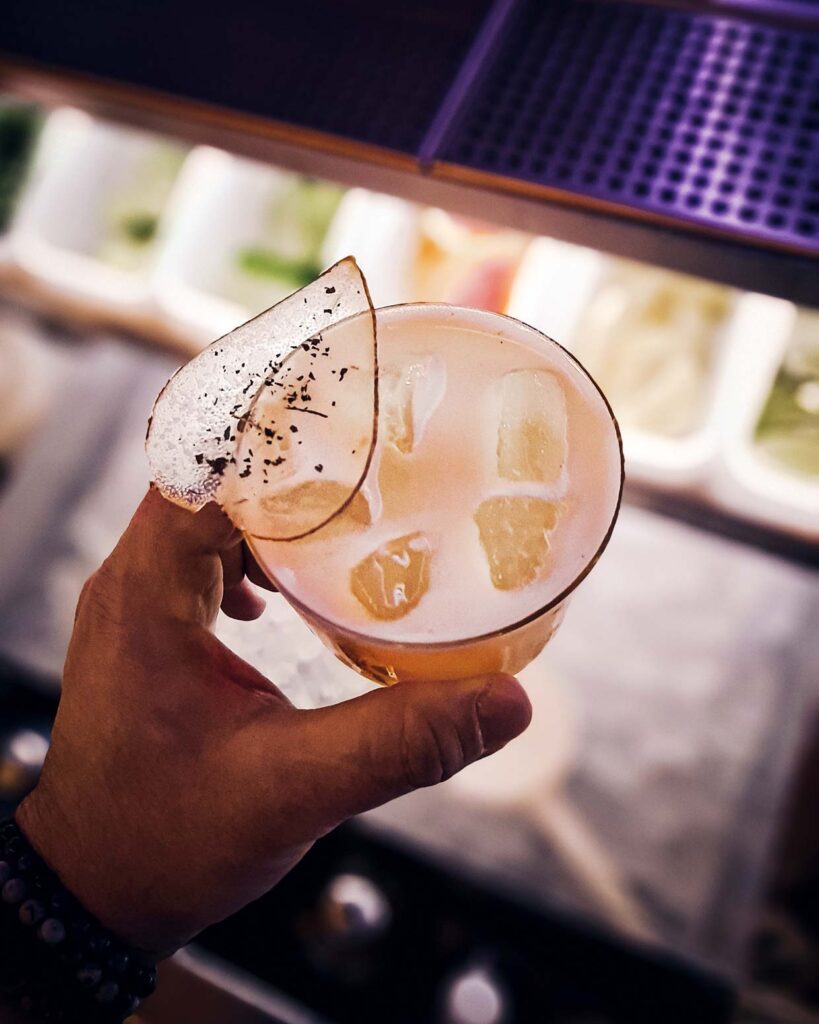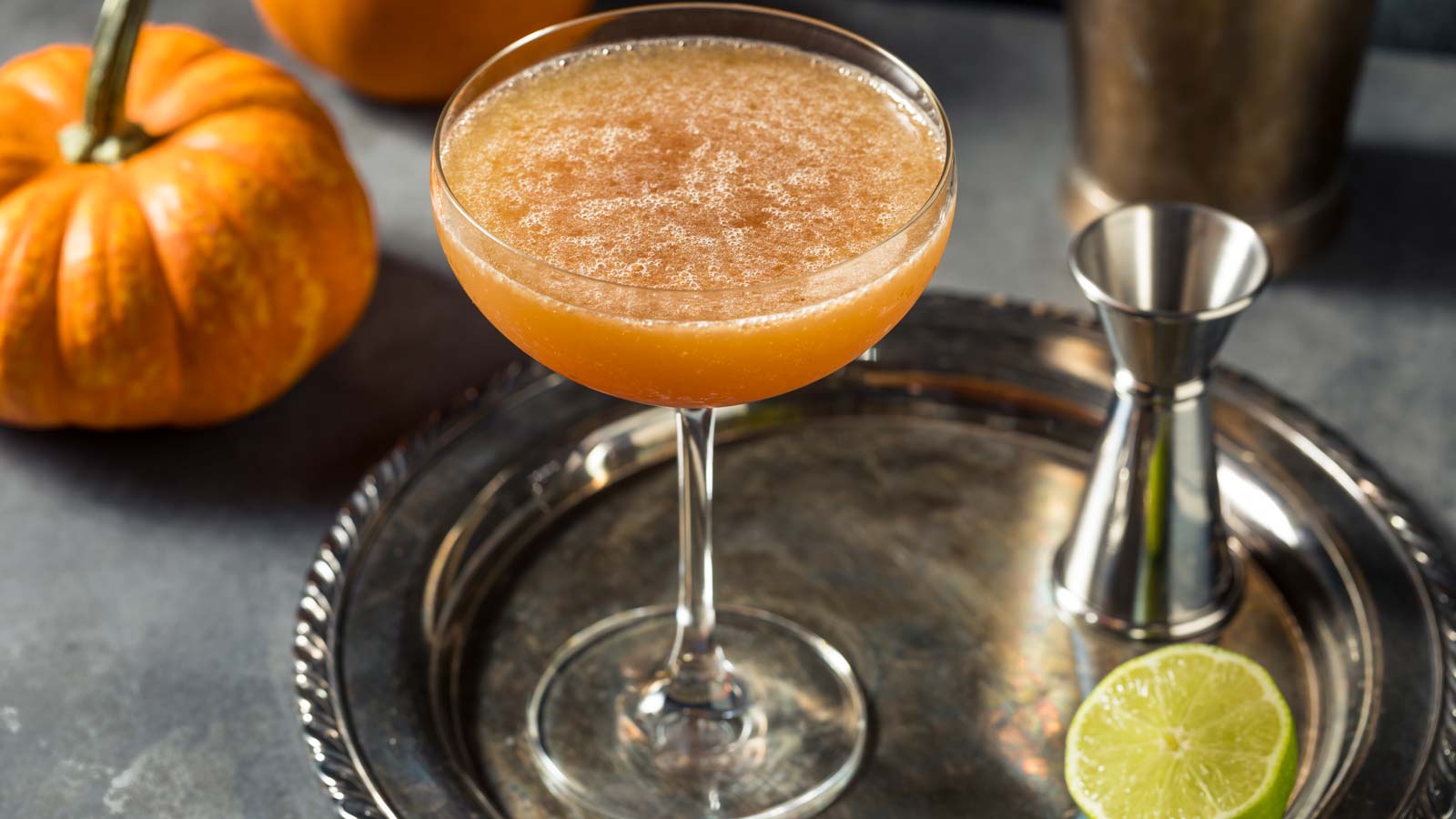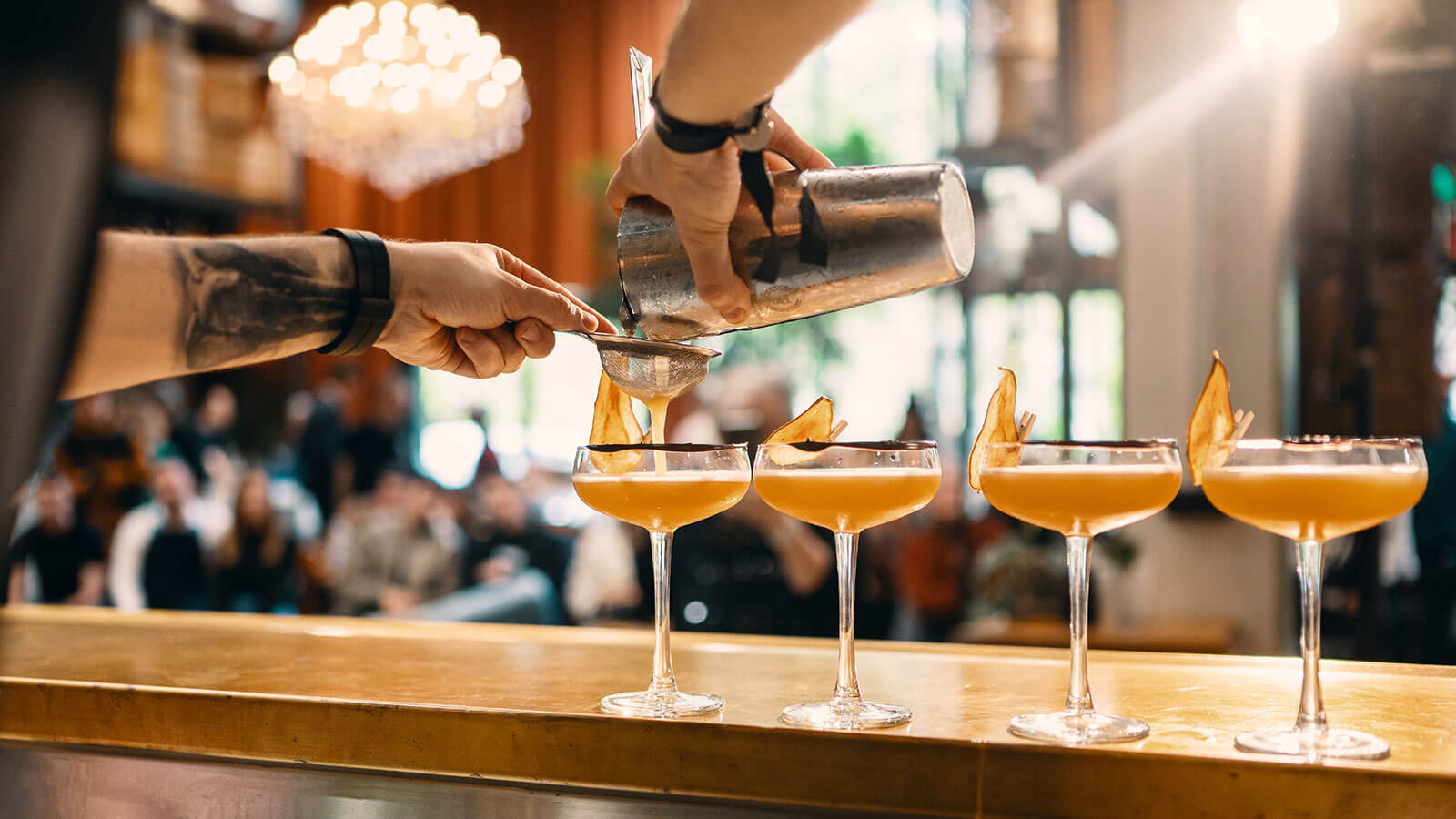The philosophy of working seasonally has long been established in many kitchens. The situation is different for some bartenders and bar owners. It's a fact that in many places the same drinks are prepared throughout the year, no matter what ingredients go into them.
And the fear of losing customers usually carries more weight than denying guests their classic cocktail because the ingredients for it are not in season. What's more, a seasonally adapted bar menu is definitely a challenge for the staff.
"The term 'seasonality' can readily be understood as stretching."
Victor Topart, Barkeeper of the year 2021
But once the concept of "seasonality" is introduced, there are numerous advantages: Regular seasonal novelties on the menu satisfy those guests who like to try something new or are receptive to the idea. This also makes it possible to appeal to a new customer segment.
However, seasonality has other potential advantages, such as short transport distances or support for local farmers and producers. Both have a positive effect on the circular economy and the carbon footprint. That's the theory, but what does it look like in practice?
Seasonality is stretchable
The first thing to be aware of is that seasonality is not limited to the use of fresh produce. For example, there's nothing wrong with including a fruit in a drink that's not hanging on the tree when it's fully ripe. There is, however, one small but subtle detail. Want to make a cocktail with wild berries in December? Why not resort to a fruit tea, puree, syrup or even jams?
The same applies to herbs, which can often be dried. This is the case, for example, with thyme or rosemary, which are more associated with summer, but which can also be encountered in winter in the form of a soothing tea. Quite a justified use, which is why the term "seasonality" can easily be understood as stretching.
A topic that always falls with seasonality is the lemon, respectively the lime juice. Since these fruits are not sufficiently available in our region, one can resort to alternatives such as verjus or to acid solutions - at least in certain cocktails that are suitable.
But even in the decoration, for example with the gin & tonic, you can adapt to the current season. Instead of the same lemon or lime slice, you can show some courage, which will please not only the staff, but also the guests.
I like the idea that a cocktail is not on offer for 365 days. What appeals to me is the fact that you can look forward to the months when your personal favorite cocktail is available.
The potential of this idea is proven by the numerous fans of an international coffee chain who eagerly await their Pumpkin Spice Latte every autumn...
In an era marked by climate change and where local ingredients are expected by a portion of guests, it's a good moment to be aware of the impact we have on our environment - and how we can reduce it.
Seasonalizing" our drinks is an effective measure and at the same time a real creative potential for all professionals behind the bar.
Poire du Pérou

| 5 cl | Pisco infusion with verveine |
| 3 cl | Pear nectar from Valais |
| 2 cl | Lemon juice |
| 2 cl | Sugar syrup |
| 2 cl | Aquafaba |
Decoration: Serve with a slice of pear and dried verveine
Preparation: For the infusion, place six grams of verveine (or more according to preference) and a bottle of pisco in a saucepan and heat over medium heat for ten minutes. Filter and bottle. Shake ingredients and serve in tumbler over ice.





